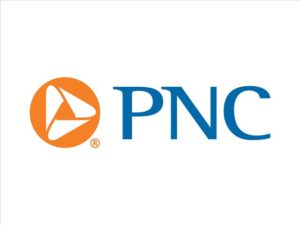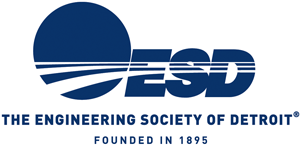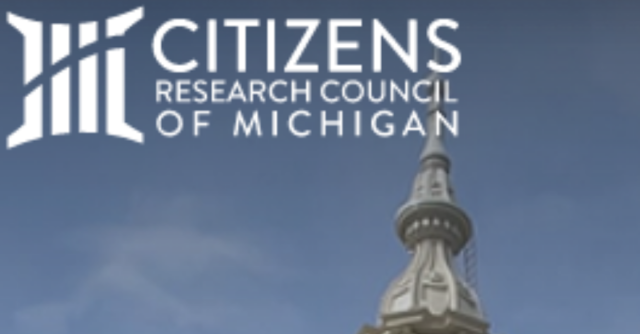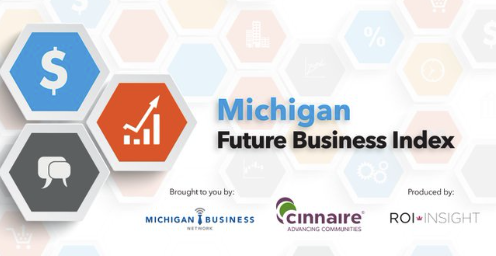 Likely to Lead to Higher Inflation and Weaker Growth; Impact Will Depend on How Long They Last
Likely to Lead to Higher Inflation and Weaker Growth; Impact Will Depend on How Long They Last
* The tariff increases announced by President Trump Wednesday were larger than expected. They include a minimum 10% tariff on all imports, with higher tariffs on countries that have more significant trade restrictions.
* The first significant impact will come from 25% tariffs on imported autos that took effect today.
* The tariffs will increase inflation and weigh on economic growth in the near term. The longer the tariffs remain in effect, the greater the impact.
* The tariffs will do little to reduce the trade deficit.
* The higher tariffs increase the likelihood of near-term recession.
* The tariffs will make the Federal Reserve’s job of slowing inflation and supporting the labor market more difficult. Fed funds rate cuts are on hold for now.
* PNC will incorporate the tariff impact into its economic forecast.
* Initial market reaction is negative.In a speech Wednesday, President Trump announced sweeping increases in tariffs on imports. The tariffs include a minimum 10% tariff on all imports, starting on April 5. They also include reciprocal tariffs, intended to equal one-half of a country’s equivalent tariff rate on US imports, including non-trade barriers and currency manipulation; these tariffs are to start on April 9. He also announced a 25% tariff on foreign-made autos, starting at midnight tonight.
Among the reciprocal tariffs the president announced were 34% on China, on top of 20% tariffs already announced; 24% on Japan; and 20% on the European Union. There are no new tariffs on imports from Canada and Mexico, although previously implemented tariffs of 25% on Canada and Mexico will remain in place, with exceptions for goods compliant with the United States-Mexico-Canada agreement. In addition tariffs on specific goods already previously implemented, such as steel and aluminum, will not be subject to the additional tariffs, although the current tariffs will remain in effect.
The immediate impact of the tariffs will be to increase goods prices throughout the US economy. Importers will charge higher prices to compensate for the tariffs, although prices will not likely increase by the full amount of the tariff. The extent of the passthrough will vary, depending on demand for the product and the availability of US-made substitutes. The tariffs will not just cause higher import prices; US manufacturers will also increase prices to take advantage of higher prices for competing goods. These higher prices will start to show up in the economy almost immediately.
The tariffs will also boost consumer inflation indirectly, by raising prices for US businesses that use imported goods. Many U.S. manufacturers include imported components in their products, while others buy imported goods to use, such as services firms that use computers and telecommunications equipment. These companies are likely to raise their prices to consumers in response to higher input costs from tariffs.
The tariffs will weigh on near-term economic growth. Tariffs are a tax; as with any tax consumers and businesses will have less total money to spend on goods and services in the economy. In addition, our trading partners are likely to retaliate, increasing tariffs on US exports. In 2023 goods imports accounted for 11% of U.S. GDP, while goods exports accounted for 7%. While some industries will benefit from tariffs, the net impact will be negative.
The 25% tariff on auto imports is likely to show up in prices almost immediately, and sales are set to drop sharply as affordability plunges. Auto sales were almost 18 million in March (seasonally-adjusted annualized rate), up 11% from February to their highest level since early 2021 as consumers moved to buy ahead of price increases, but will fall in April.
It is unclear for now as to what extent the higher tariffs are a negotiation tactic by the Trump administration to reduce other nations’ trade barriers, versus a long-lasting attempt to reduce imports. If the higher tariffs persist, the greater the increase in inflation and the greater the drag on the US economy. The uncertainty surrounding the tariffs is itself a drag on economic growth. Many business investment decisions are on hold. Firms don’t want to make a big investment in domestic production until they have more certainty that tariffs will remain in place.
The tariffs will not have an impact on the US trade deficit. By definition, the trade balance is equal to net saving in the economy. Since the US is a net borrower, given large federal government budget deficits, the US will continue to run a large trade deficit.
One major unanswered question is how the Federal Reserve responds to the tariffs. One of the central bank’s goals set by Congress is stable prices, which the Fed defines as 2% inflation; inflation has been above this target since 2021. By raising prices to consumers higher tariffs will cause higher inflation. However, the Fed’s response will depend on whether this increase in inflation is temporary or permanent. If the tariffs cause a one-time jump in prices, but then inflation (the rate at which prices increase) quickly reverts to its pre-tariff level, the Fed could choose to ignore the temporary pickup in inflation. Alternatively, if tariffs cause inflation to move higher for an extended period of time, perhaps because higher tariffs lead to larger increases in wages that in turn keep inflation elevated, the central bank could decide to keep monetary policy tight.
But the Fed’s other goal is full employment. To the extent that higher tariffs weigh on economic growth and slow the labor market, meeting the Fed’s two goals could come into conflict. Rate cuts are likely on hold for at least the next few months, until it becomes clearer what the impacts of higher tariffs are on inflation and employment.
As more details on the tariffs become available PNC will incorporate those into its economic forecast. Incorporating the tariffs will require assumptions about how long they remain in place. The US economy is in good shape at the start of the second quarter, but the big increase in tariffs has increased the risk of near-term recession dramatically.
PNC Bank, National Association, is a member of The PNC Financial Services Group, Inc. (NYSE: PNC). PNC is one of the largest diversified financial services institutions in the United States, organized around its customers and communities for strong relationships and local delivery of retail and business banking including a full range of lending products; specialized services for corporations and government entities, including corporate banking, real estate finance and asset-based lending; wealth management and asset management.










